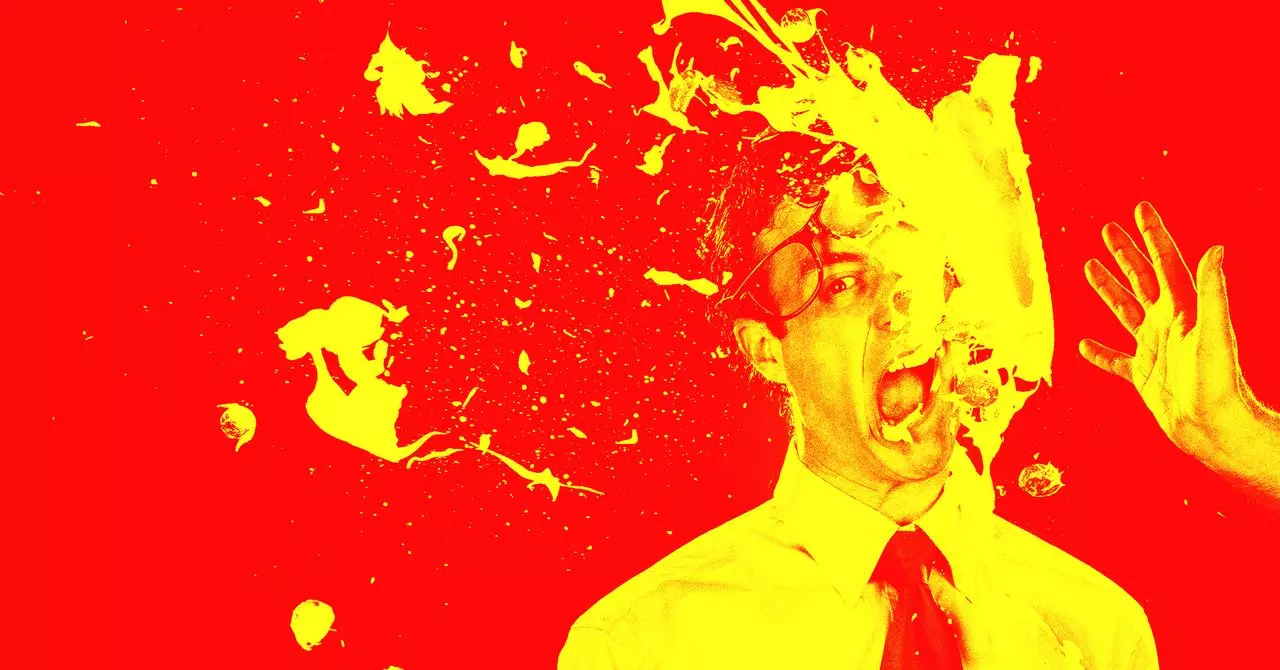The rise of generative AI tools has been hailed as a revolutionary leap forward, promising efficiency and innovation across various industries. However, as companies like Duolingo publicly announce the integration of AI to replace certain contractor roles, a sharp backlash reveals the fragile balance between technological progress and societal goodwill. Initially celebrated for its fun and engaging presence on social media, Duolingo’s pivot to an “AI-first” business model alienated many of its young users. The loyalty built through daily streaks and personalized learning experiences was suddenly overshadowed by fears that AI was edging out human workers, fostering a narrative of cold automation rather than inspired enhancement.
Unlike the common story of AI merely augmenting human effort, Duolingo’s situation highlights a more unsettling reality: AI is increasingly seen as a direct threat to jobs traditionally held by humans. This fear is emblematic of a broader distrust towards automation-driven workforce reductions, especially when poorly communicated. Companies like Klarna and Salesforce, which have also openly contemplated reducing new hires due to AI efficiencies, are walking a fine line. Their willingness to embrace AI to cut costs sends a message that profits may outweigh human considerations, fueling anxieties about job security.
Public Discontent Reflects Deeper Societal Concerns
The outcry on social media in response to Duolingo’s announcement is not simply about a beloved app’s policy change. It taps into a wider cultural moment where AI, once regarded as an ingenious novelty, now increasingly feels invasive and unsettling. The wave of performative app deletions by users—willing to sacrifice earned streaks—signals a symbolic rejection of AI’s encroachment. This emotional reaction underscores how intertwined technology and identity have become, and how disruptions to that interplay resonate profoundly.
Moreover, the anti-AI sentiment is compounded by additional worries beyond employment. Users and cultural critics alike point to the imperfect nature of AI-generated content, which often contains glaring factual inaccuracies and can propagate misinformation. Environmental concerns also loom large; the massive computational power required to train large language models and AI agents carries a non-trivial carbon footprint, challenging the narrative that AI is an unqualified good.
Creative Communities Stiffen Resistance
Few groups have voiced opposition as loudly and persistently as artists and creators. The rapid adoption of AI tools trained on existing creative works without explicit consent has triggered widespread ethical debates. For those whose livelihoods depend on intellectual labor, AI appears less as a helpful tool and more as an exploitative technology siphoning value from human ingenuity without fair compensation.
This tension erupted conspicuously during the 2023 Hollywood writers’ strike, where AI’s role in potentially replacing or diminishing creative jobs was front and center. The strike and ongoing copyright lawsuits by publishers, writers, and studios illustrate the complex entanglement of AI with existing legal frameworks around ownership and authorship. These battles are not just about money—they delve into what creativity means when machines can replicate styles and generate original-looking outputs at scale.
A More Nuanced Approach Is Urgently Needed
It is evident that the current mode of AI integration, dominated by corporate cost-cutting and opaque messaging, neglects the human cost associated with automation. While companies like Duolingo assure that AI-guided content remains under expert supervision, the net effect on workforce composition and public trust is ambiguous at best. The technology’s promise of democratizing access and increasing productivity clashes head-on with growing fears of deskilling, exploitation, and erosion of meaningful work.
The challenge moving forward is not simply accelerating AI adoption but finding a sustainable balance that respects worker rights, champions transparency, and mitigates societal harms. This means involving a broader spectrum of stakeholders—including employees, consumers, and creative professionals—in shaping how AI technologies are developed and deployed. Without this inclusive dialogue, the backlash against AI risks intensifying, stalling what might otherwise be transformative progress.
Instead of viewing AI as an unstoppable force sweeping away jobs and culture, there is an opportunity to steer its use thoughtfully, honoring its potential while actively guarding against its pitfalls. The lessons of Duolingo’s social media tumble and industry-wide disruptions beckon us to rethink not only what AI does, but also who it should serve—and at what cost.

